Bob and Rob Explore the Power of Standing Out
Bob, the product owner, and Rob, the Scrum Master, sat in a meeting, reviewing the latest sprint. Bob, scrolling through the sprint backlog, noticed something peculiar. One user story stood out—marked in a bright, bold color—while the rest blended together. Bob chuckled, “Rob, what’s with the flashy story?”
Rob smiled. “That, my friend, is an experiment with the Von Restorff Effect. I made one item visually distinct to see if it would catch more attention and lead to better prioritization.”
Bob’s eyebrows rose. “Interesting… So, what’s the point?”
Rob explained, “The Von Restorff Effect states that items that stand out are more likely to be remembered and prioritized. In Agile teams, it can help bring attention to key tasks that drive innovation, reduce roadblocks, or require urgent focus. Instead of getting lost in the routine, certain items demand more mental attention, helping teams stay sharp and productive.”
As Bob mulled this over, he realized how valuable this could be, especially when working closely with functional managers and system architects to ensure nothing important slips through the cracks.
What Is the Von Restorff Effect?
The Von Restorff Effect, also known as the “isolation effect,” refers to our tendency to remember distinct items in a group better than homogeneous ones. When something stands out—whether it’s through color, size, or uniqueness—it captures our attention more easily and sticks in our memory.
For Agile teams, this can have practical implications. Development teams are often juggling many user stories, tasks, and priorities at once. The Von Restorff Effect can be used strategically to ensure that the most critical tasks or innovative ideas don’t blend into the background. It can also foster better decision-making, improve focus, and highlight issues that need special attention from stakeholders like functional managers, system architects, and product owners.
How the Von Restorff Effect Impacts Agile Teams
- Improved Prioritization: Agile teams deal with long product backlogs and multiple user stories, which can blur together and make it challenging to prioritize effectively. By applying the Von Restorff Effect—highlighting critical or high-value items—the team can easily identify key tasks or blockers that need immediate action. This ensures that both the team and the product owner focus on what’s most impactful, leading to better collaboration with system architects and functional managers.
- Better Stakeholder Engagement: Development teams need to ensure that they communicate effectively with functional managers and system architects. Often, certain tasks or requests get lost in the sea of stories and epics. By isolating high-priority items visually or structurally, stakeholders are more likely to notice and engage with them, ensuring their inputs are aligned with the team’s goals. This can reduce misunderstandings and improve decision-making.
- Enhanced Learning and Development: The Agile philosophy emphasizes continuous learning, but learning materials and development tasks can sometimes feel repetitive. The Von Restorff Effect can be used to distinguish learning opportunities that may be more valuable or immediately relevant to the team’s current sprint or long-term objectives. By isolating these opportunities, team members can focus on critical learning without becoming overwhelmed.
- Driving Innovation: Innovation requires focus, especially when working in an Agile environment. The Von Restorff Effect allows teams to distinguish tasks that are particularly innovative or experimental, so they can be given special attention. These isolated tasks may introduce new technologies or approaches that improve product performance or team processes. This, in turn, helps the team evolve and adapt without getting stuck in routine tasks that offer less strategic value.
How to Apply the Von Restorff Effect in Agile Teams
Highlighting Critical Stories in the Sprint Backlog:During sprint planning, Rob could color-coded user stories or backlog items that are high-priority or innovation-driven. By making these tasks visually distinct, Bob and the rest of the team can quickly focus on what needs attention, helping ensure that critical stories don’t get lost in the shuffle.
Isolating Key Feedback from Functional Managers and System Architects:Functional managers and system architects often provide critical insights and feedback. Isolating this feedback—either by highlighting key points in meeting notes or using distinct labelling for high-priority actions—can help the team focus on the most important feedback. This ensures that strategic guidance from these stakeholders is implemented efficiently.
Spotlighting Learning Opportunities:For Agile teams aiming for continuous improvement, identifying the most relevant learning and development opportunities is crucial. By using the Von Restorff Effect, teams can flag the most valuable training sessions, courses, or technical advancements, ensuring that team members engage with these resources without feeling overwhelmed by an endless sea of options.
Visualizing Innovation in Retrospectives:During retrospectives, Rob could highlight particular innovations or successful experiments that occurred during the sprint. This technique ensures that the team remembers what led to success and encourages more innovative thinking in future sprints. By making innovations stand out, the team is more likely to replicate or build on their successful approaches.
- Highlighting Critical Stories in the Sprint Backlog: During sprint planning, Rob could color-coded user stories or backlog items that are high-priority or innovation-driven. By making these tasks visually distinct, Bob and the rest of the team can quickly focus on what needs attention, helping ensure that critical stories don’t get lost in the shuffle.
- Isolating Key Feedback from Functional Managers and System Architects: Functional managers and system architects often provide critical insights and feedback. Isolating this feedback—either by highlighting key points in meeting notes or using distinct labelling for high-priority actions—can help the team focus on the most important feedback. This ensures that strategic guidance from these stakeholders is implemented efficiently.
- Spotlighting Learning Opportunities: For Agile teams aiming for continuous improvement, identifying the most relevant learning and development opportunities is crucial. By using the Von Restorff Effect, teams can flag the most valuable training sessions, courses, or technical advancements, ensuring that team members engage with these resources without feeling overwhelmed by an endless sea of options.
- Visualizing Innovation in Retrospectives: During retrospectives, Rob could highlight particular innovations or successful experiments that occurred during the sprint. This technique ensures that the team remembers what led to success and encourages more innovative thinking in future sprints. By making innovations stand out, the team is more likely to replicate or build on their successful approaches.
How the Von Restorff Effect Fosters Agile Innovation and Productivity
Agile teams are most productive when they can focus on what matters. By applying the Von Restorff Effect, development teams can draw attention to tasks, feedback, and opportunities that are most crucial to their success. Whether it’s prioritizing high-value user stories or spotlighting innovative experiments, isolating important elements helps the team stay focused, aligned, and productive.
Bob and Rob’s experiment with the Von Restorff Effect is a lesson for all Agile teams: standing out is not just about making things pretty—it’s about driving focus, improving collaboration, and fostering a culture of innovation. By consciously applying this cognitive bias, teams can better navigate the complexities of their backlogs, improve stakeholder engagement, and maintain a strong learning and development trajectory. This approach not only helps Agile teams work more effectively but also paves the way for continuous improvement and long-term success.
#Agile #VonRestorffEffect #Innovation #CognitiveBias #TeamProductivity #Collaboration #LearningAndDevelopment #ContinuousImprovement #FocusOnWhatMatters





